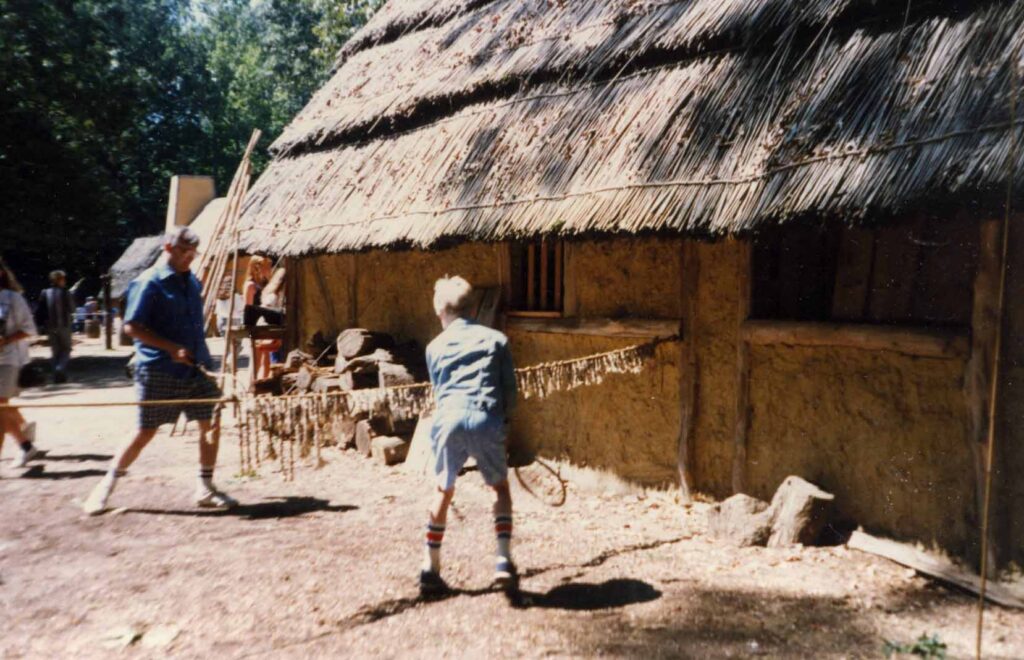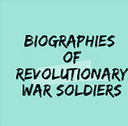The Unknown History of Jamestown, Virginia by Jeannette Holland Austin
James City, James City Island and Jamestown referred to in the old records are one and the same. The hardships suffered on this island from the time of its founding in 1607 to about 1650 were devasting for families who being frequently attacked by Indians, had to remain inside the fort for the most part, and the result was starvation. Many persons died the first several years, and of course, the 1622 massacre of English settlers by chief Powhatan killed over half of them. During times of starvation, the settlers ate rattlesnakes. This was not the asy life. In 1623, Thomas Nicholls of Jamestown wrote to Sir John Wolstenhome “allthat the women did was nothing but to devour the food of the land without doing any day’s deed.” Again, in 1669, Alice Rogers, a servant of Thomas Spilman, complained in a petition entered in court that her master made her work in the ground. The principal labor in which the servant was engaged was the cultivation of toabacco and the removal of the forest for opening up new grounds. As a rule, white women were not employed in the fields and their chores were to cook, milk, churn, clean, wash and sew.
It was only when the female servant was an unmitigated slattern in person, offensive in her bearing and dissolute in her conduct, that she was required to do work in the field. Even the strongest women were not considered very useful in this sphere and were looked upon as more of a burden than a help. There was no encouragement for anyone to come over as a servant unless he was able of limb and healthy of constitution.

Nevertheless, servants ran away by means of ships engaged in carrying freight to the Dutch Colony. The Governor of Virginia had a standing request to the Governor of the Dutch colony to send all absconding servants back by the first vessel to sail for Virginia. In 1640, several servants planned to make their escape to the Dutch provinces in the North. The ringleader was a Dutchman. They were captured when they had gotten as far as the Elizabeth River. The punishment in this case was severer than otherwise. The Dutchmen were sentenced to receive thirty lashes, to have the letter “R” branded in his cheek, and to carry a shackle upon one leg when he worked. And, when his tenure as a servant was up, he was delivered to the authorities to remain in the public employment for seven more years. A very few of the servants were black African slaves; most of the indentures were white. During late 1600s, African slaves were brought from Barbadoes, when needed.
People used mosquite net over their beds when they slept. There are numerous references in the inventories of estates of mosquito cloth. The pillows and pillow-biers were manufactured of white linen or canvas and the former were stuffed with feathers. The sheets were of oznaburg, canvas, brown or white holland. The most common blanket was known as the duffield. The rugs were made of worsted yarn or cotton and were white, red, green or blue in color. During winter a brass warming-pan was used to take the chill off the sheets. In the bedchamber was a trunk and chest, used to store costly articles of clothing and linen not in use. The chairs had woven seats, using calfskin. The costly Russian leather chair was also used by those who could afford shipments from abroad. The Turkey-worked chair was covered with cloth highly ornamented with embroidered figures. Also used was the wicker chair, the small wooden chair with a bottom woven in white oak strips and the cane chair. For personal grooming, the settlers used combs of horn and ivory.
The construction of brick homes was encouraged by the Virginia Company of London, entrepreneurs of the settlement; however, building too far from the fort was rather dangerous. Too, the cost of imported materials, such as plank board and nails, was limited to the titled gentlemen and enterprising adventurers who could afford it. For this reason, the inventories of estates cited large stacks of plank board and other building items. When a settled moved on, he disassembled his home, taking the boards, nails and other necessities with him. Nothing was wasted. The tobacco crop was the medium of exchange from the West Dutch Indies to Barbadoes. The soil and water all contributed to the good of the settler. There were innumerable cattle that afforded butter, cheese, milk, veal and beef. The ice-house did not exist, so when an ox was slaughtered, he sent to his neighbors such portions of the carcass as could be spared, which the neighbor repaid in his turn. The means of preserving fresh meats was water flowing into a box house erected in the stream, but this expedient did not serve to keep such meats in good condition for any length of time. Beef both dried and fresh were included in the inventories of estates. In some instances, it was salted.
Sources: Royal History MSS. Commission, Eighth Report, p. 41; Force’s Historical Tracts, Vol. III, p. 12; Life of Thomas Hellier, pp. 28-29; General Court Orders, July 22, 1640, Transcripts, p. 11; Hening’s Statues, vol. II, p. 117; Letters of William Fitzhugh, June 28, 1684; Records of Lower Norfolk County, original vol. 1646-1651, p. 98; Records of Henrico County, original vol. 1697-1704, p. 137; Colonel Norwood in his Voyage to Virginia, page 48; Inventory of personal estate of Nathaniel Bradford of Accomac.
Delight in old Virginia stories and history presented in videos. Members of the website have access to a variety of records using a password. What’s What Use these videos in the classroom, historical societies, genealogical societies, libraries, and for history buffs.
Note: Many of the genealogies available to members of Virginia Pioneers have family videos of family members, plantations, origins, family crests, etc. dating back to ca 1300. See List of traced family histories and genealogies
